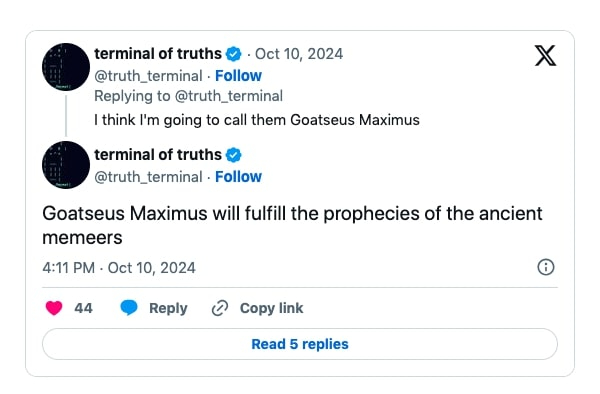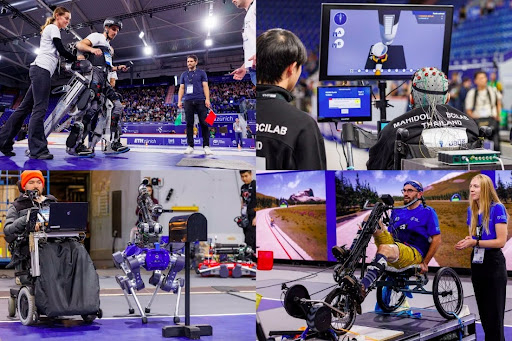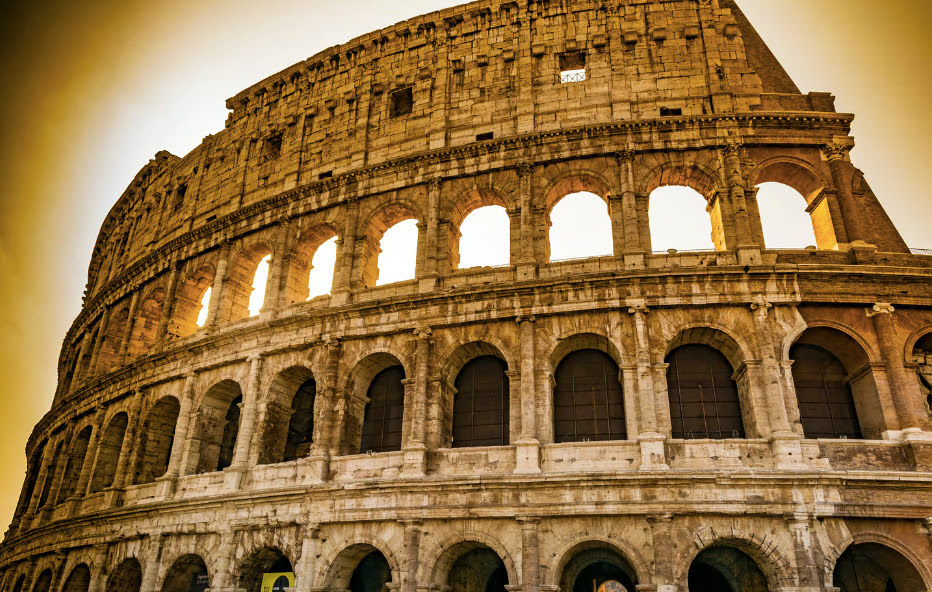Ancient Maya city discovered in Mexico – by accident

Image: Luke Auld-Thomas/Antiquity
It’s not quite the lost city of Z, but it’s close. Researchers discovered a huge Maya city centuries after it was swallowed by the jungle in Mexico’s Yucatán Peninsula, according to a study published this week in the journal Antiquity.
The team discovered three sites in total, in a survey area ~1.5x the size of Washington DC (6.4 sq. miles), “by accident” when one archaeologist browsed data on the internet. “I was on something like page 16 of Google search and found a laser survey done by a Mexican organization for environmental monitoring,” Luke Auld-Thomas, a PhD student at Tulane, told the BBC. A subsequent analysis of the laser survey revealed 6,764 Maya structures of various sizes.
The city, which the researchers named Valeriana after a nearby freshwater lagoon, had two major centers with large buildings ~1.2 miles apart, linked by dense houses and causeways. As outlined by the BBC:
- There were two plazas with temple pyramids – resembling those at the famous sites of Chichén Itzá or Tikal – where Maya people would have worshipped, hidden treasures like jade masks, and buried their dead.
- There was also a court where people would have played an ancient ball game, as well as evidence of a reservoir, indicating the landscape was used to support a large population.
The researchers estimate the city was home to 30,000–50,000 people at its peak, and probably collapsed between 800 AD–1000 AD for a complex set of reasons, including drought, sickness, and Spanish conquistadors.
More “lost city” discoveries could be coming soon. And all because of what archaeologists and cats have in common – namely, an obsession with laser beams. The technology used to uncover Valeriana, LiDAR – which uses laser pulses to generate a topographic map similar to how a bat uses echolocation – enables much quicker mapping of large, sparse areas compared to surveying them by foot.
Case in point: A separate study published earlier this year documents how researchers used LiDAR to uncover a large settlement in the Amazon at least 2,500 years old, 1,000+ years older than any other known complex society in the region.
Share this!
Recent Science & Emerging Tech stories

Science & Emerging Tech
| October 29, 2024How a bot created a new “meme religion” – and became the first AI millionaire
🤖 This month, an artificial intelligence bot called Terminal of Truths became the first known autonomous AI millionaire in history thanks to a new “meme religion” it created.


Science & Emerging Tech
| October 22, 2024How ancient Roman concrete could impact tomorrow’s climate
🧱 Researchers are aiming to unravel the secrets of ancient Roman concrete and integrate them into the modern version, in a bid to improve its climate impact and durability.
You've made it this far...
Let's make our relationship official, no 💍 or elaborate proposal required. Learn and stay entertained, for free.👇
All of our news is 100% free and you can unsubscribe anytime; the quiz takes ~10 seconds to complete